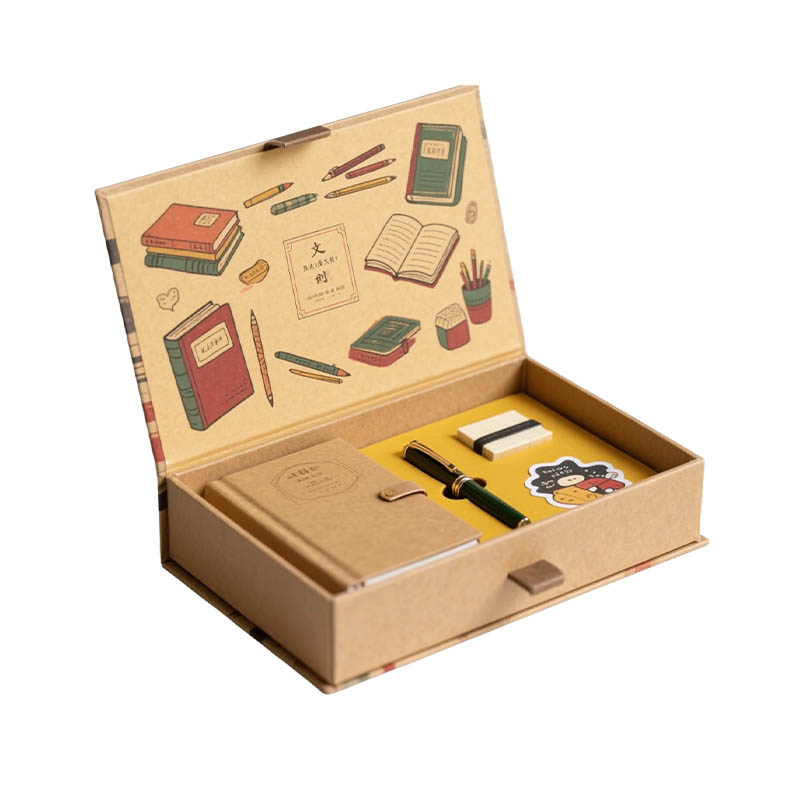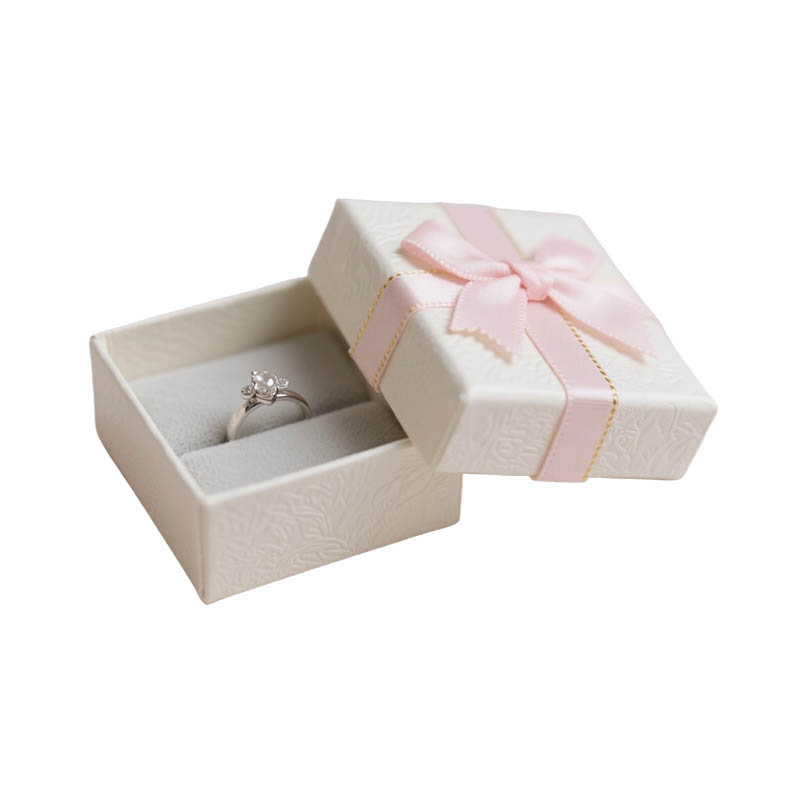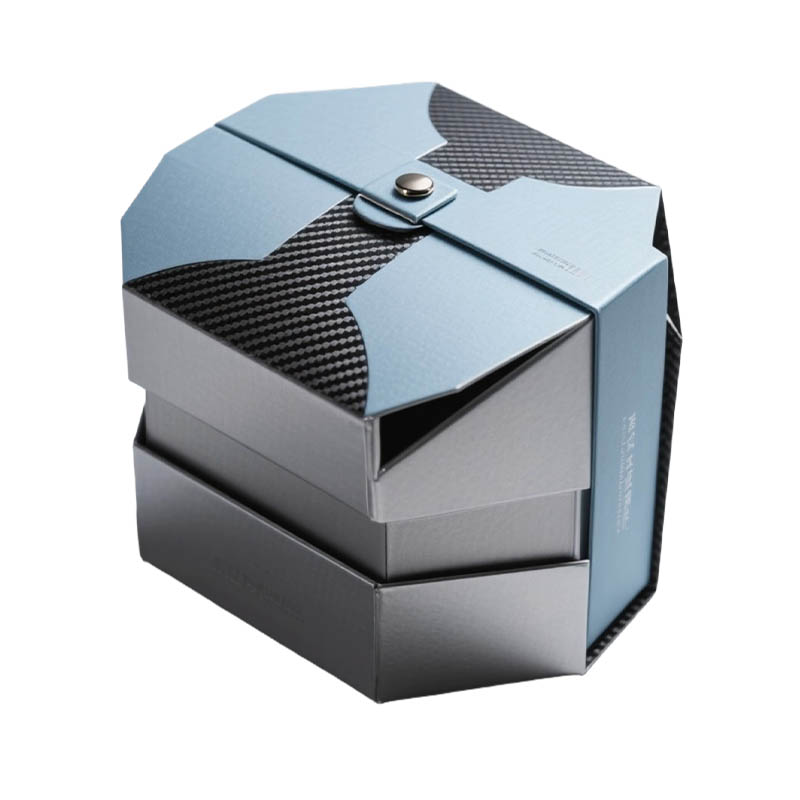Can boutique special-shaped boxes truly embody the aesthetic expression and user experience of high-end brands?
Release Time : 2025-11-07
In a market environment characterized by consumption upgrades and increasingly fierce brand competition, product packaging has long transcended simple protection and transportation functions, becoming a key touchpoint for conveying brand value, shaping a sense of consumption ritual, and strengthening user memory. Among these, boutique special-shaped boxes—customized packaging containers that break away from traditional rectangular structures, employing unique geometric shapes or biomimetic contours—are becoming the preferred carrier for luxury goods, high-end cosmetics, fine tea and wine, and cultural and creative gifts due to their strong visual recognition and immersive unboxing experience. Their professional value lies not only in innovative appearance but also in the systematic integration of materials science, structural engineering, production processes, and sustainable concepts.
The core advantage of boutique special-shaped boxes stems first from the differentiated visual impact brought about by their non-standard structure. Through curved surfaces, beveled cuts, nesting, hollowing out, or asymmetrical designs, this type of packaging instantly stands out on the shelf, creating a strong "first-glance attraction." This design is not merely about novelty in form but is based on a deep consideration of consumer behavior and brand narrative logic. For example, a tea gift box inspired by mountains, with its undulating, layered shape, not only metaphorically represents the natural origin of the tea but also simulates the ritualistic rhythm of "climbing high and gazing into the distance" during opening, extending the product experience from the visual to the emotional level.
However, irregularly shaped structures pose significant challenges to packaging engineering. Traditional paper boxes rely on standardized die-cutting and folding logic, while irregularly shaped boxes require 3D modeling, finite element analysis, and iterative prototyping to ensure sufficient compressive strength, stacking stability, and transportation safety even under complex curved surfaces. High-quality irregularly shaped boxes typically use high-grammage art paper, specialty cardboard, or composite fiberboard as the base material, combined with processes such as heat pressing, CNC engraving, and laser cutting to achieve precise shaping. Key stress-bearing areas often incorporate corrugated support frames or EVA cushioning linings to ensure the safety of the contents without compromising the appearance.
From a user experience perspective, boutique special-shaped boxes emphasize "interactive opening logic." Magnetic closures, sliding drawers, rotating mechanisms, or layered unfolding structures are cleverly integrated, making the unboxing process a miniature theater experience. This design not only enhances the sense of occasion but also reinforces brand memorability through tactile feedback. Simultaneously, the inner lining material closely matches the product's contours, preventing movement and demonstrating meticulous attention to detail.
Environmental compliance is also an unavoidable issue for modern luxury packaging. Leading brands are driving the transformation of irregularly shaped boxes towards single-material, recyclable structures to avoid the recycling difficulties caused by multi-layered composites. Water-based ink printing, non-laminated surface treatments, and FSC-certified paper are green choices that allow aesthetic expression and ecological responsibility to coexist. Some high-end solutions even use reusable irregularly shaped boxes as storage containers, extending the packaging's lifespan and deepening the emotional connection with users.
Furthermore, the small-batch, high-precision production model places stringent demands on the supply chain. Boutique special-shaped boxes often rely on experienced mold makers and flexible manufacturing systems to ensure that every crease and every curve is precisely accurate. The application of digital prototyping and AR virtual display technology significantly shortens the development cycle and reduces trial-and-error costs.
In conclusion, boutique special-shaped boxes are far more than just decorative shells that are "good-looking"; they are advanced packaging solutions that integrate industrial design, materials engineering, user experience, and sustainability strategies. Within a small space, they transform a brand story into a tangible, perceptible, and collectible physical language. When consumers hold a meticulously designed, uniquely shaped box in their hands, they feel not only the weight of the product, but also the brand's dedication to beauty, its reverence for detail, and the solemnity of every encounter. This is precisely the true value of high-end packaging in the contemporary business context.
The core advantage of boutique special-shaped boxes stems first from the differentiated visual impact brought about by their non-standard structure. Through curved surfaces, beveled cuts, nesting, hollowing out, or asymmetrical designs, this type of packaging instantly stands out on the shelf, creating a strong "first-glance attraction." This design is not merely about novelty in form but is based on a deep consideration of consumer behavior and brand narrative logic. For example, a tea gift box inspired by mountains, with its undulating, layered shape, not only metaphorically represents the natural origin of the tea but also simulates the ritualistic rhythm of "climbing high and gazing into the distance" during opening, extending the product experience from the visual to the emotional level.
However, irregularly shaped structures pose significant challenges to packaging engineering. Traditional paper boxes rely on standardized die-cutting and folding logic, while irregularly shaped boxes require 3D modeling, finite element analysis, and iterative prototyping to ensure sufficient compressive strength, stacking stability, and transportation safety even under complex curved surfaces. High-quality irregularly shaped boxes typically use high-grammage art paper, specialty cardboard, or composite fiberboard as the base material, combined with processes such as heat pressing, CNC engraving, and laser cutting to achieve precise shaping. Key stress-bearing areas often incorporate corrugated support frames or EVA cushioning linings to ensure the safety of the contents without compromising the appearance.
From a user experience perspective, boutique special-shaped boxes emphasize "interactive opening logic." Magnetic closures, sliding drawers, rotating mechanisms, or layered unfolding structures are cleverly integrated, making the unboxing process a miniature theater experience. This design not only enhances the sense of occasion but also reinforces brand memorability through tactile feedback. Simultaneously, the inner lining material closely matches the product's contours, preventing movement and demonstrating meticulous attention to detail.
Environmental compliance is also an unavoidable issue for modern luxury packaging. Leading brands are driving the transformation of irregularly shaped boxes towards single-material, recyclable structures to avoid the recycling difficulties caused by multi-layered composites. Water-based ink printing, non-laminated surface treatments, and FSC-certified paper are green choices that allow aesthetic expression and ecological responsibility to coexist. Some high-end solutions even use reusable irregularly shaped boxes as storage containers, extending the packaging's lifespan and deepening the emotional connection with users.
Furthermore, the small-batch, high-precision production model places stringent demands on the supply chain. Boutique special-shaped boxes often rely on experienced mold makers and flexible manufacturing systems to ensure that every crease and every curve is precisely accurate. The application of digital prototyping and AR virtual display technology significantly shortens the development cycle and reduces trial-and-error costs.
In conclusion, boutique special-shaped boxes are far more than just decorative shells that are "good-looking"; they are advanced packaging solutions that integrate industrial design, materials engineering, user experience, and sustainability strategies. Within a small space, they transform a brand story into a tangible, perceptible, and collectible physical language. When consumers hold a meticulously designed, uniquely shaped box in their hands, they feel not only the weight of the product, but also the brand's dedication to beauty, its reverence for detail, and the solemnity of every encounter. This is precisely the true value of high-end packaging in the contemporary business context.







